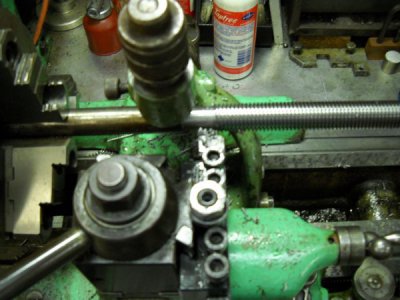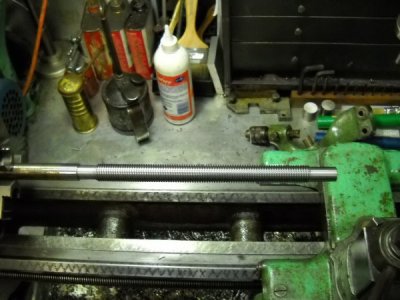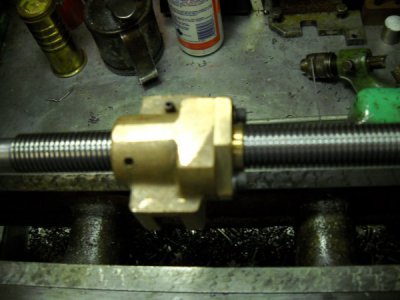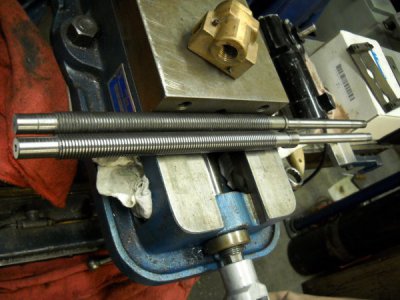4
4GSR
Forum Guest
Register Today
When I splice screws together, I bore the internal out so it runs dead true with the OD. Usually have to use a steady rest to do this depending which lathe I do it in. Regardless, I ge this running within about .002 TIR max. Next, I turn the OD of the screw to fit the bore and give it a slip fit, about .0005-.0015" unless the OD of the screw is already established. When I pin the two, I generally put tow pins at 90 degrees from each other. Doing this will keep runout from end to end within about .005" TIR on two foot of screw. Of course this depends on how straight the lead screw is in the first place. I cut all of my own lead screws using my 9" SBL using a follower rest. Lot of work, but I like doing it.
Here's some pictures of one that I spliced a new section of lead screw in for my B & S surface grinder.
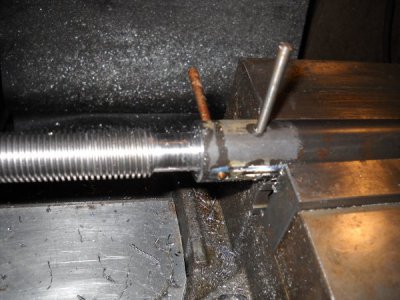
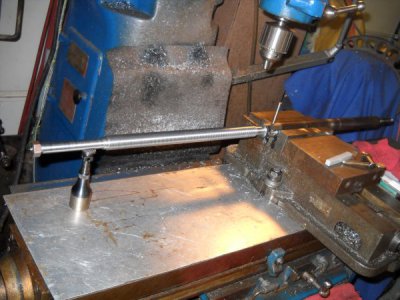
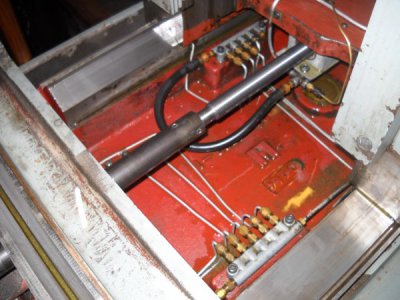
Here's some pictures of one that I spliced a new section of lead screw in for my B & S surface grinder.





